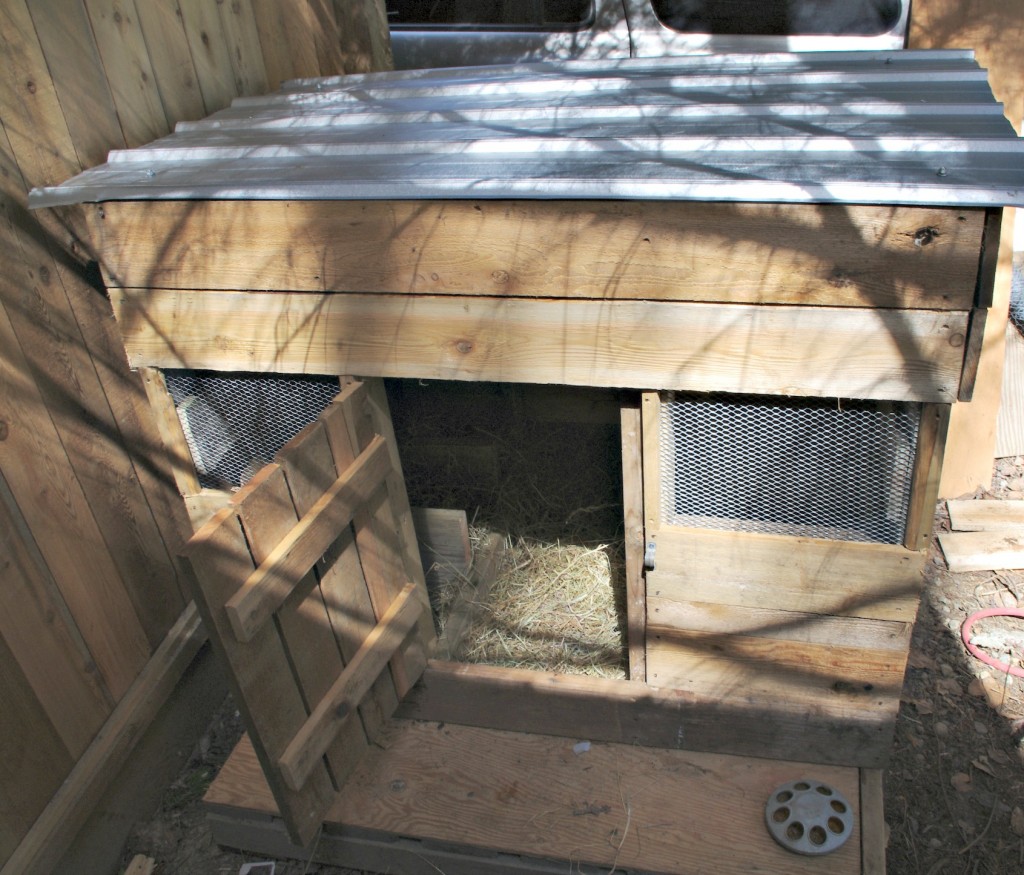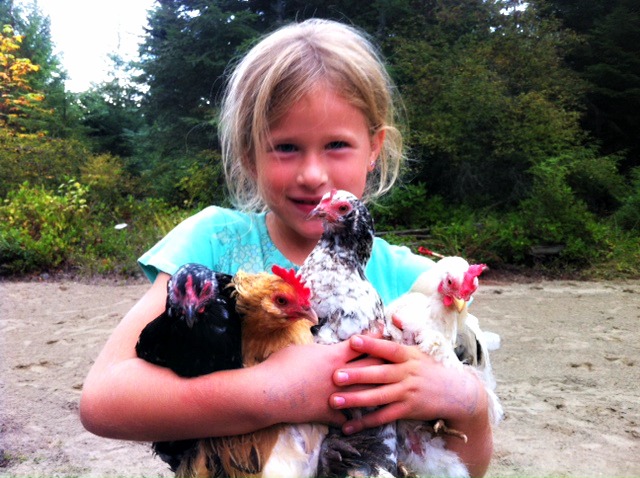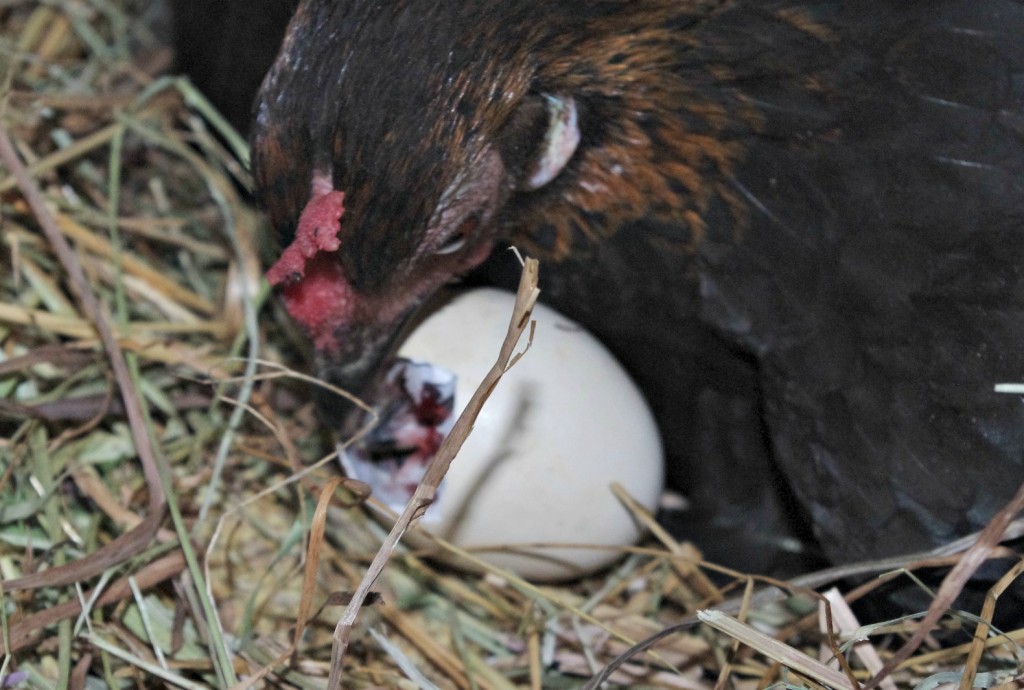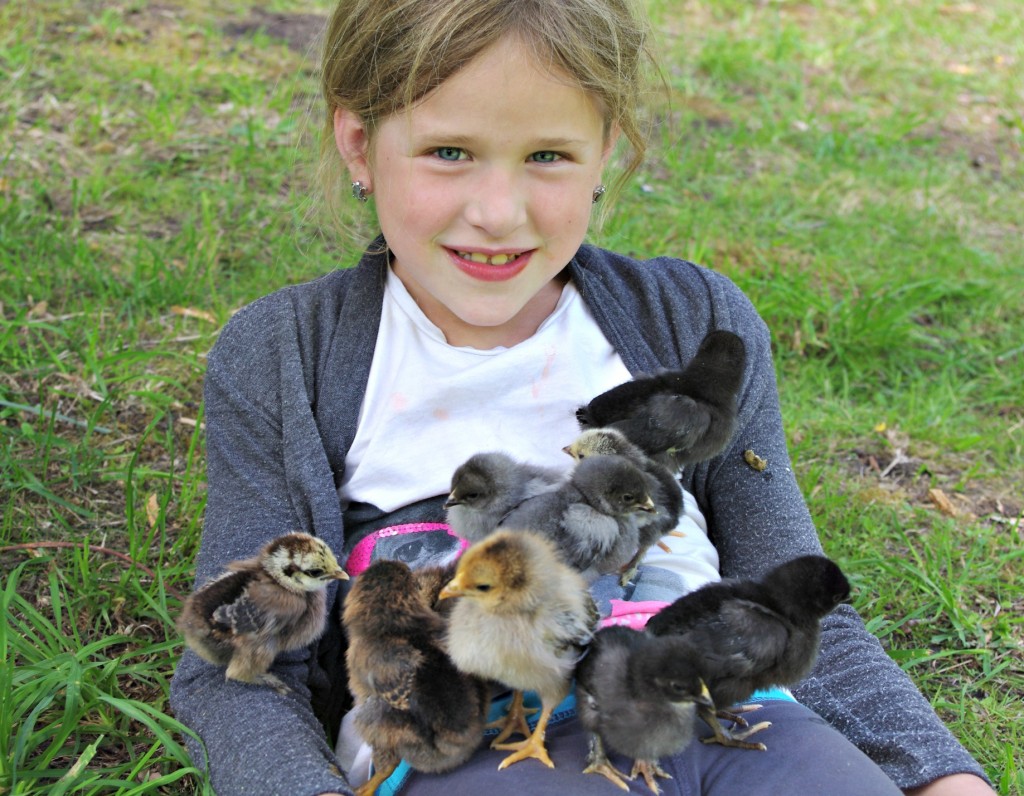Spring has Sprung here on the west coast, and with the cherry blossoms almost FINISHED blooming, we are in full on planting season already.
We always know spring is officially here when our hens go broody. We are cursed blessed with a large number of bantam chickens, who have more of a nurturing side to them than some of the larger breeds. Our silkie cross “Mo” was our first broody hen last year and deliver her first hatch of one wee chick at the end of March.
In retrospect, this was the perfect time for new chicks. They came into lay in early fall and filled the gap while the older hens took some time off over the winter to moult and rest. It meant we had fresh eggs throughout the darkest days of winter, and could keep the egg stand stocked 12 months of the year.
We have had 4 of our bantam hens dancing with broodiness over the past week who have now committed, so this weekend we are ready to “plant our chickens”
And how does one plant a chicken? Here are a few tips on hatching chicks at home, using a broody hen!
Step 1:
Prepare the broody coop
We nest our broody hens away from the regular flock in a mini coop of their very own. We tuck it into the bushes, allowing it to get enough sunshine so it doesn’t get damp. The ladies all brood together, and have easy access to food and water without having to leave their nest.
This is also a great ay to do it since broody hens rarely get up to “evacuate” so when they do the stench is pretty extreme. Having this super powered chicken poop OUT of the main coop is a blessing to us and the other chickens!
Step 2.
Prepare the Broody Hens
Once the broody coop has been cleaned and prepped, we gently move our broody hens in. They each get their own nesting box and a few golf balls to sit on, until we are ready to set the eggs. At this point, some of our hens will decide that they have NO interest in hanging out in this coop, and decide to go off broody. These gals are quickly incorporated back into the main coop.
The ones that stick, get extra food, water and nurturing.
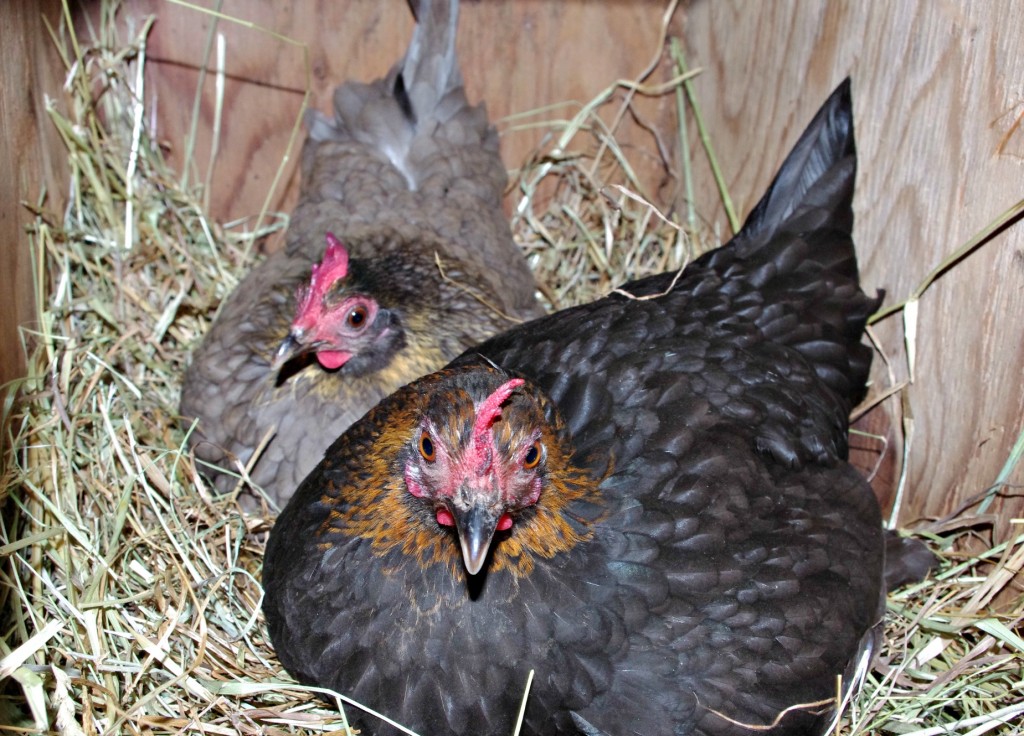
Step 3
Pick Your Eggs
Obviously one of the best parts of the whole experience for the kids! Picking the “soon to be baby chickens” Eggs can be obtained from other farms with fertilized eggs, shipped from online stores, or pulled from your own fertilized stock.
We have a few favourite chickens, and since I love the “mutt” chicken and all her strength and stability, we love pulling from our own clutch.
And with 4 roosters in the yard, every egg has the potential to be a chicken.
We like a small hatch, preparing for every egg to be a rooster, so allow the kids to pick ONE egg each. Best case scenario we end up with 4 or 5 hens, worst case, 4 or 5 roosters!
The kids pick their eggs, mark them with their initial or symbol and then pick a broody hen to nurture. Since most of our broodies are bantams, they can only really manage 3 or 4 bantam eggs, or 2 standard chicken eggs.
Step 4
Wait, Impatiently
It takes 21 days for a chicken egg to hatch, so the next 3 weeks after setting the eggs is full of excitement and potential. During this time the kids maintain the broody coop, ensuring that our mamma’s have fresh food and water and the most obvious waste is removed. We do not disturb the eggs at this time, and try to leave our ladies to their business.
Step 5
Time to Harvest
I don’t care who you are, hatch day is something pretty extraordinary. You can hear the little “chirp chirp” as soon as the egg gets a crack. We leave nature to do the work, and only disturb the nest when we have a little chick to check over. Our hens are handle constantly so none have ever minded us getting our hands under their bellies to check out their new babies.
We did have the chance to hatch one little one in our hands – check out this short video of the hatch
From here on out we just enjoy our little ones. The kids will let the moms and babies out into the yard to range and dustbath and get integrated into the rest of the flock. The pleasure of a handful of baby chicks is something pretty extreme, so use caution here that you don’t become addicted to the hatch! Ensure that you have room in your coop for the hens, or buyers who are looking.
One fun fact we have also noticed is that roosters that hatch together tend to have less issue working a flock later in life. We have two boys who grew up together, and even after a year they hang out, and work together to protect their ladies.

